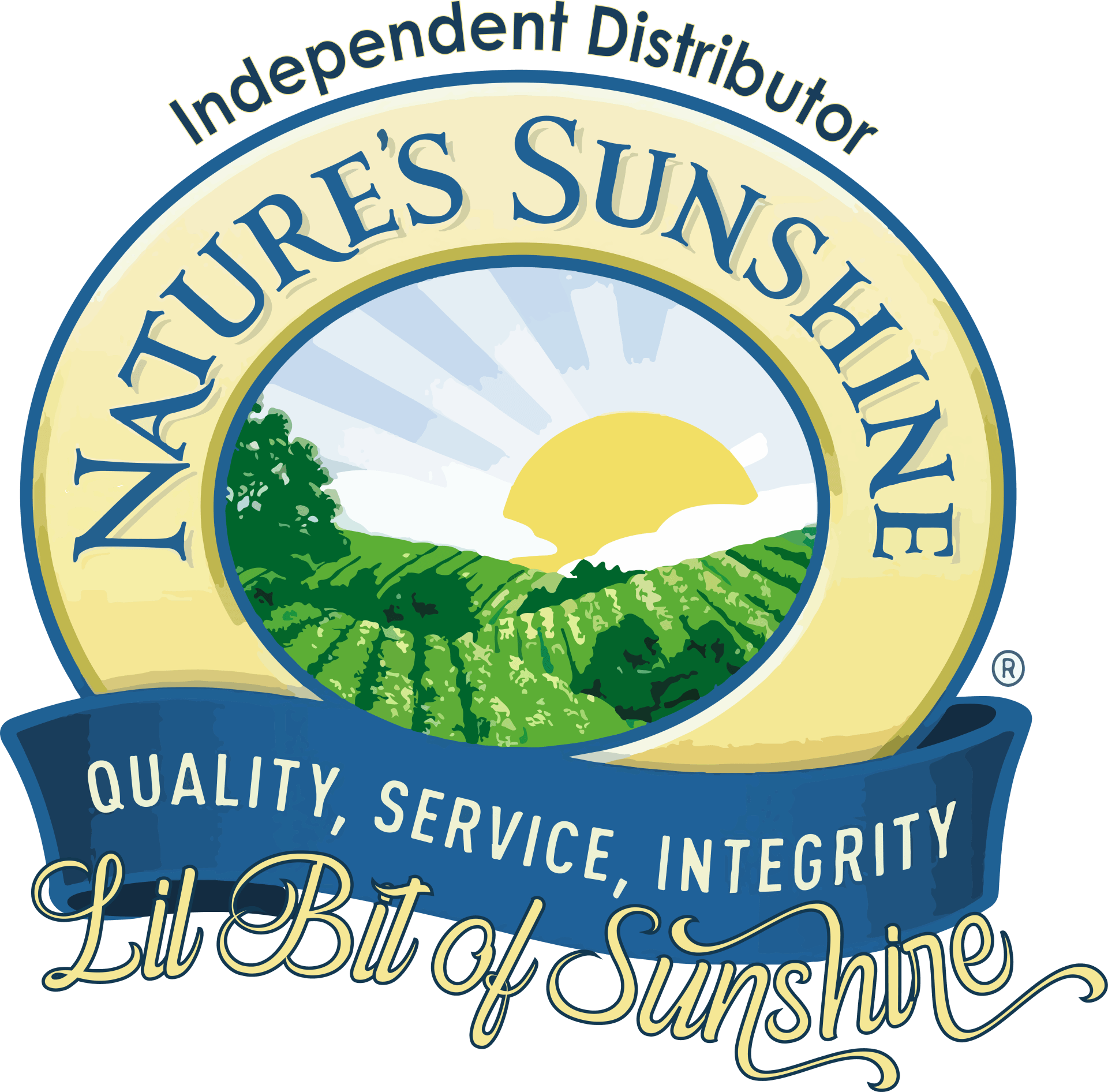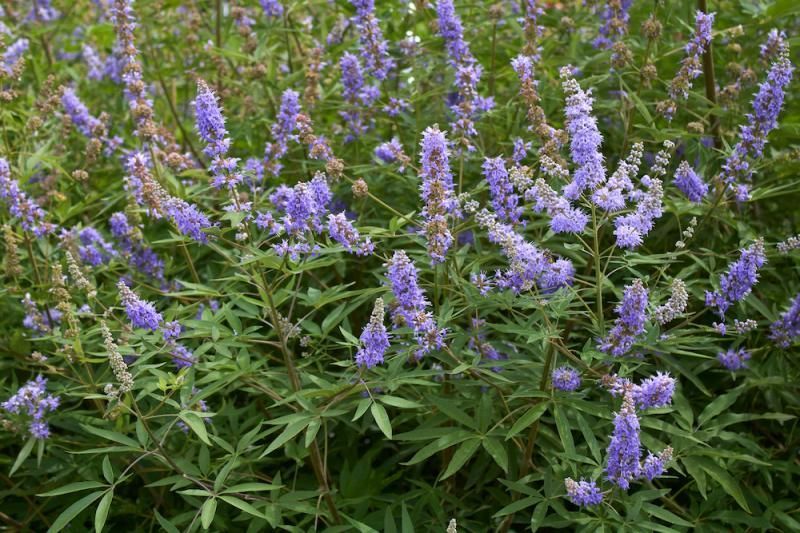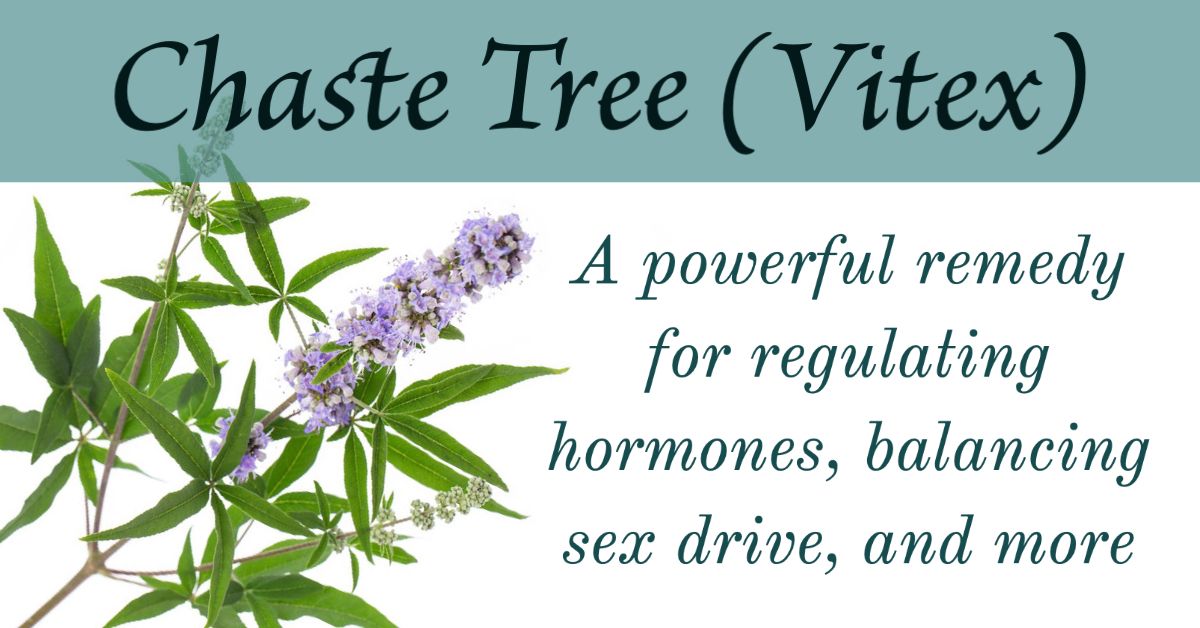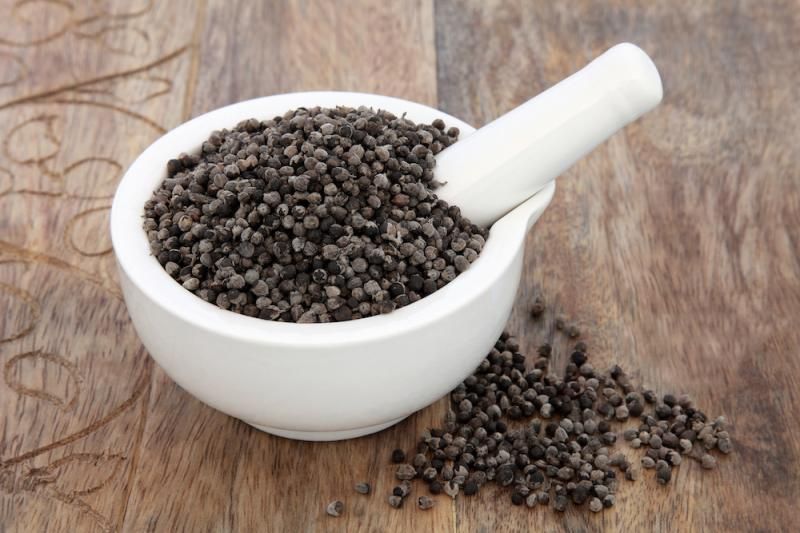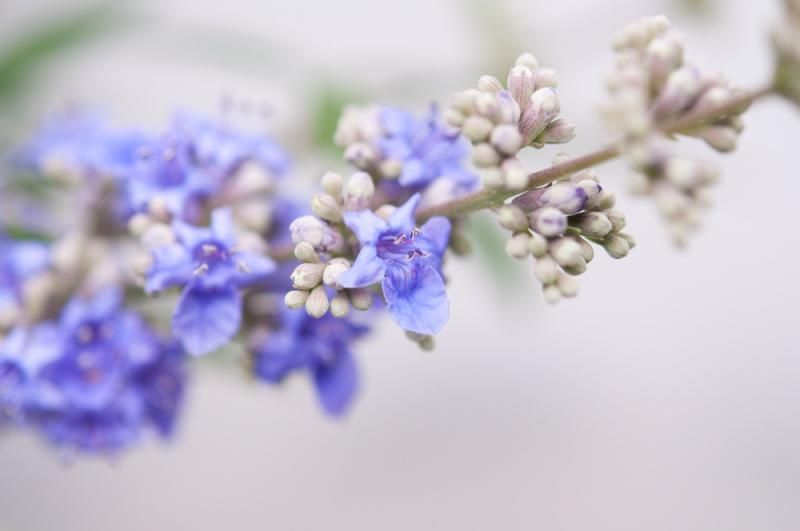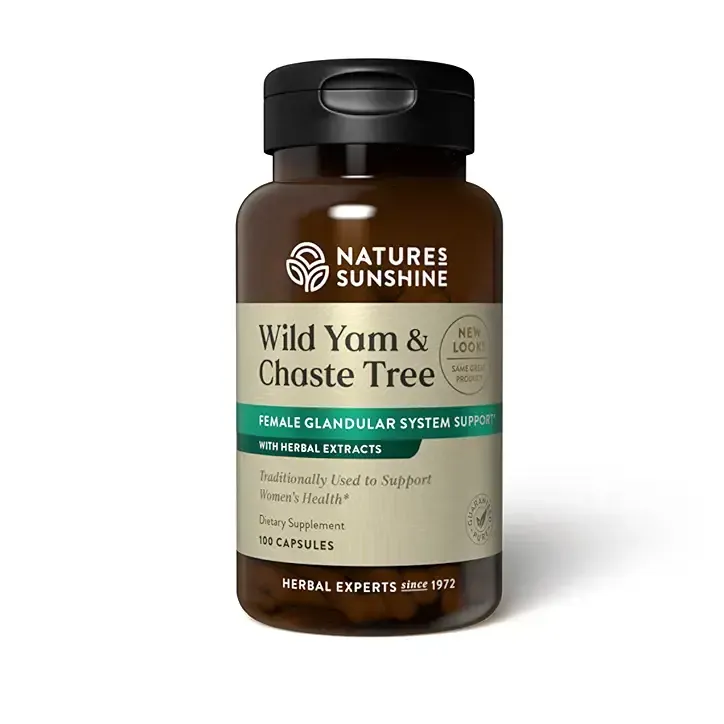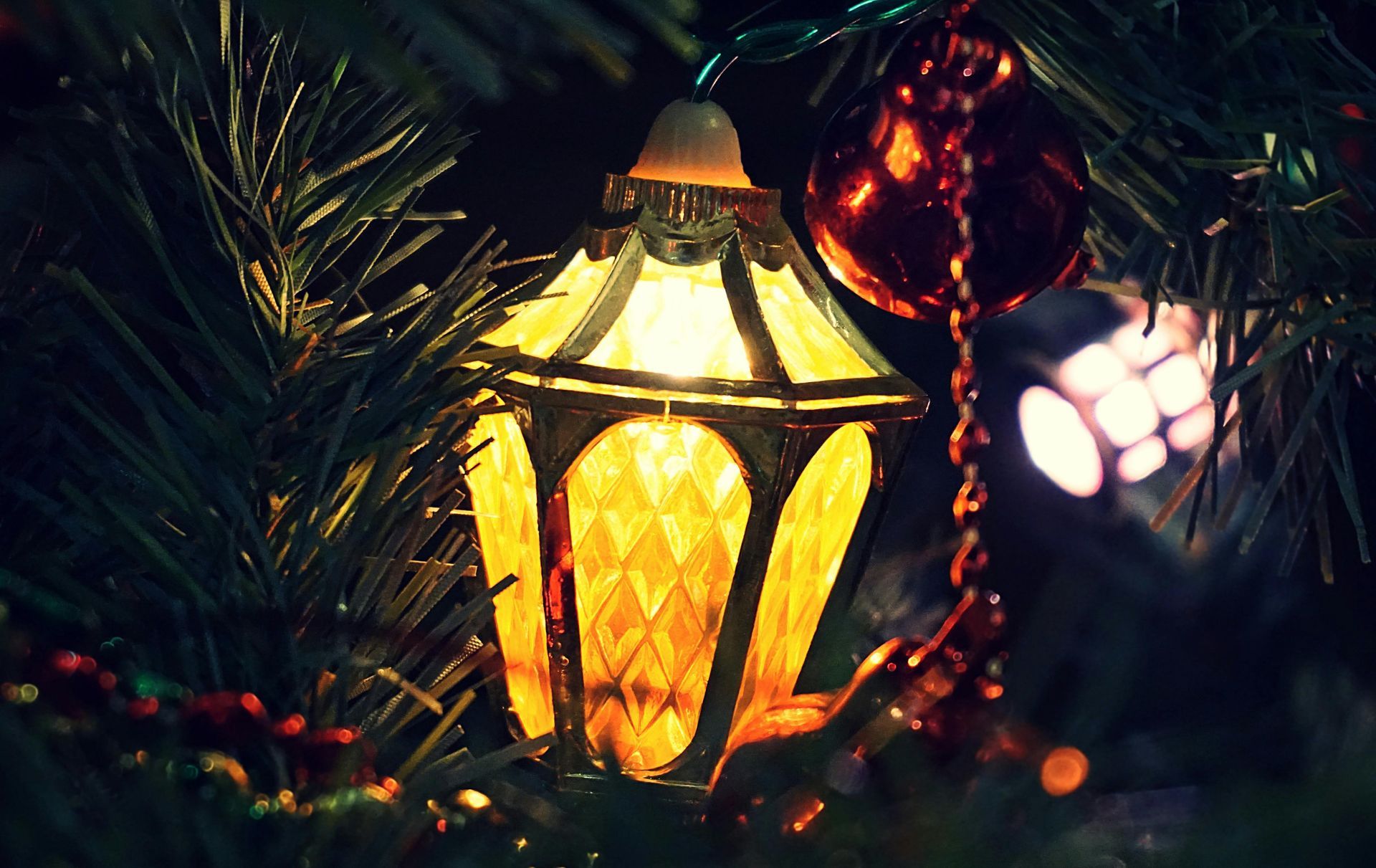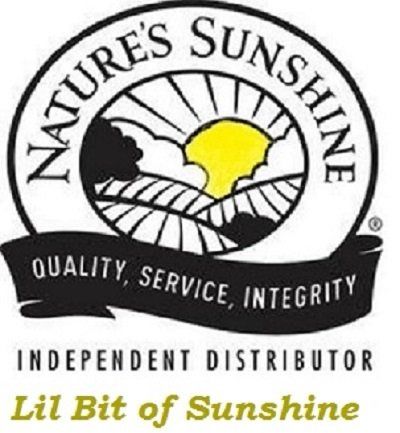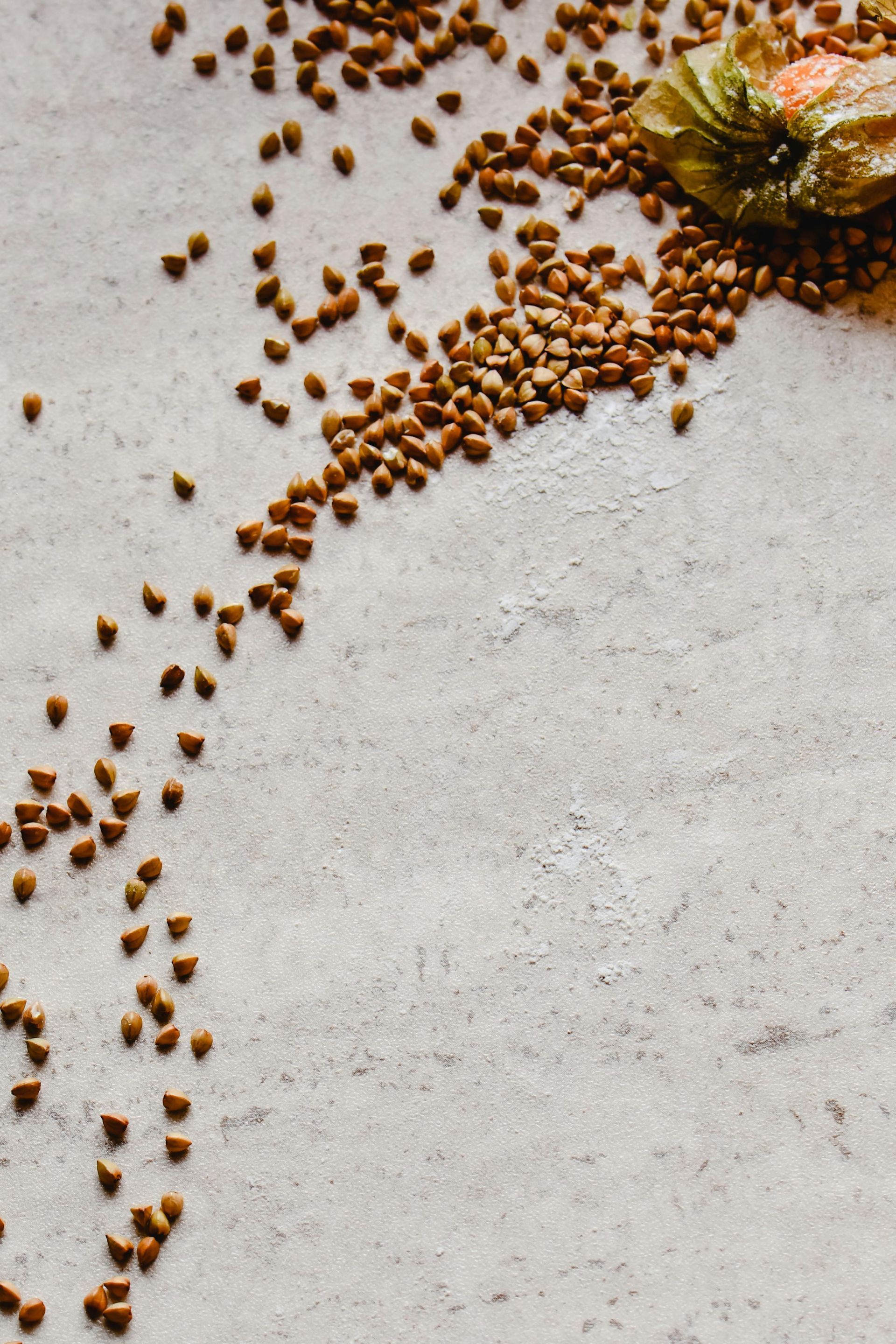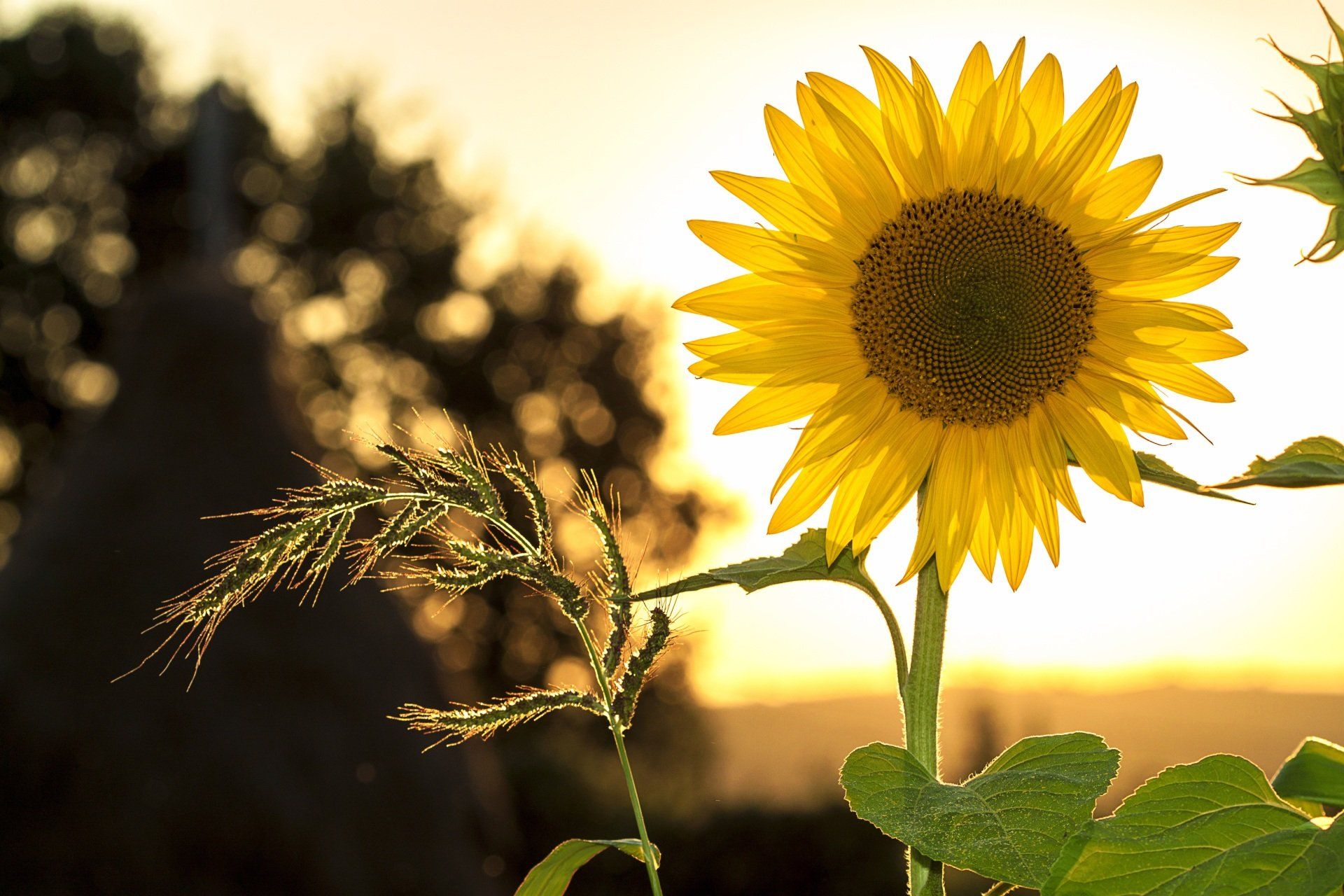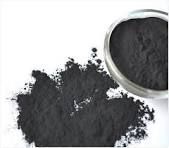For most of my time as an herbalist I've primarily understood chaste tree or vitex from books and some limited experience, seeing it in and using it as part of different formulas. But, that changed a couple of years ago when my wife planted some chaste tree bushes in our yard in Leeds, UT. This gave me a more first-hand acquaintance with the herb.
Although it can grow into a small tree, it more often takes the form of a large shrub, and they grow quite readily from seeds, which means that if you plant one and you'll soon have more popping up in the yard. I was especially surprised by this because I live in a desert and only watered the plants not the surrounding area. I never harvested any fruits from our plants, but as I understand it, you have to harvest them when they’re not quite ripe because as soon as they are ripe, they fall off the tree.
